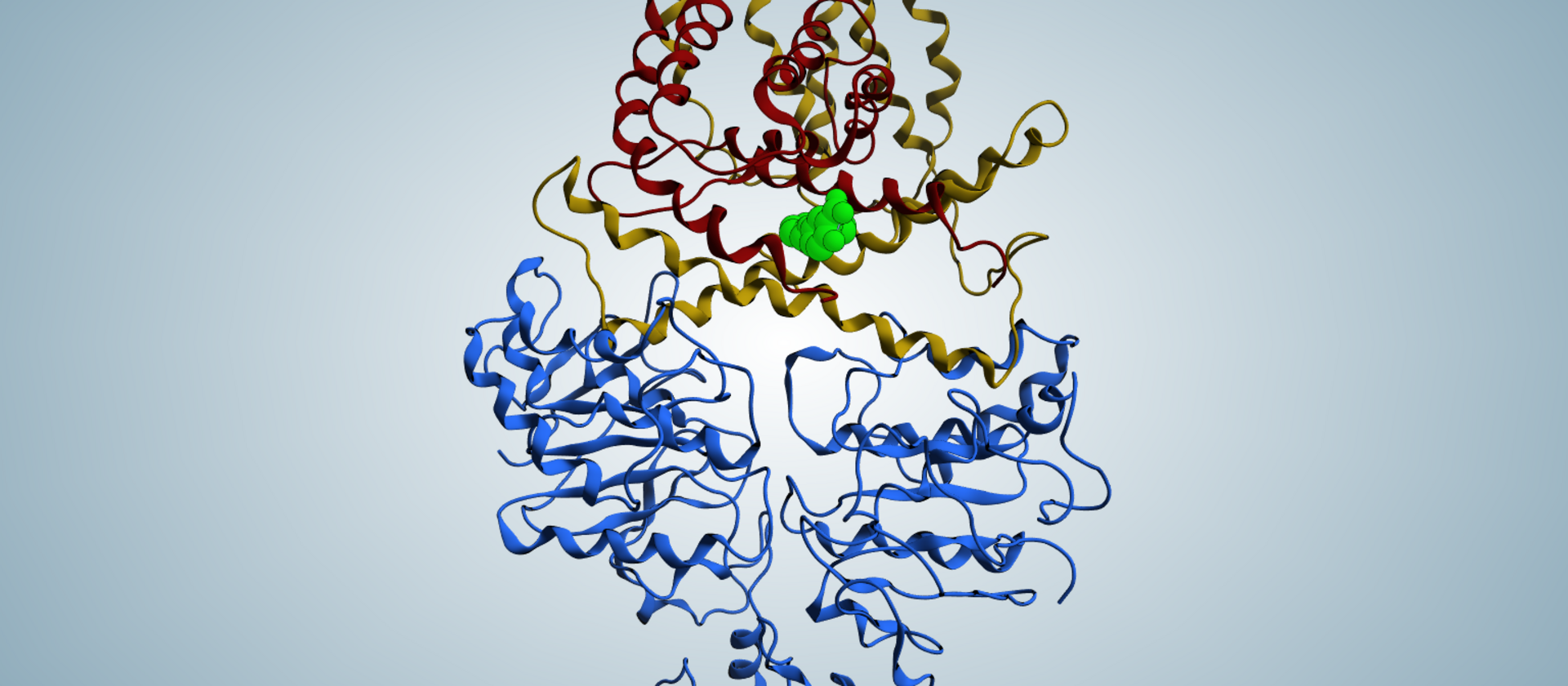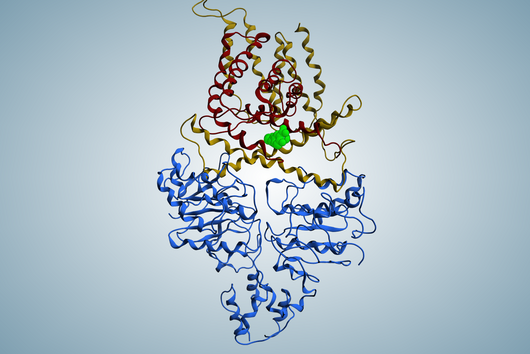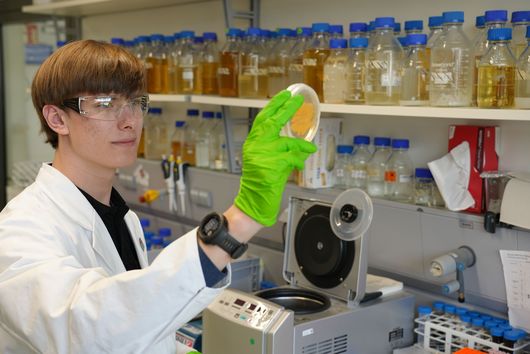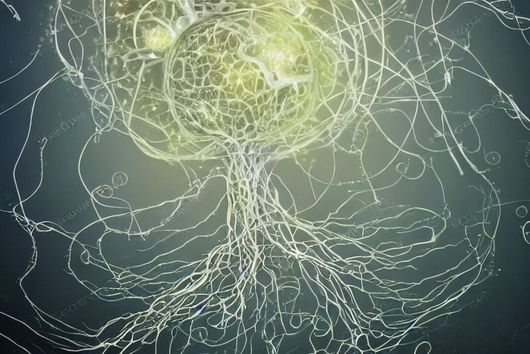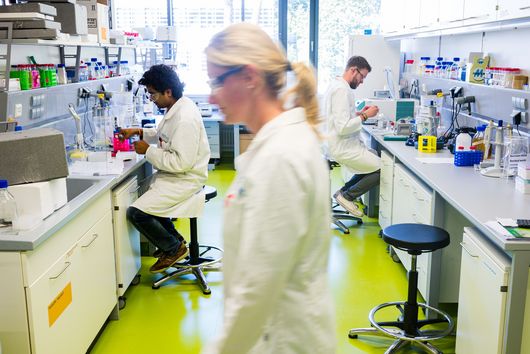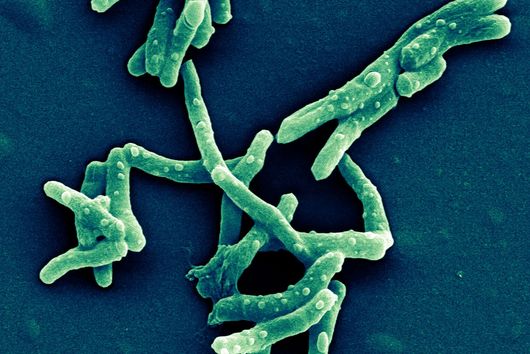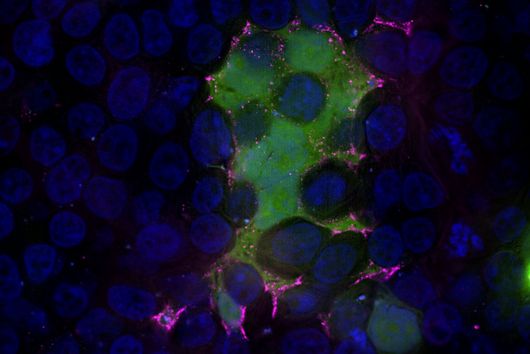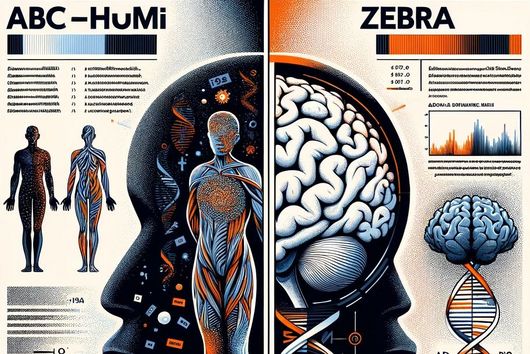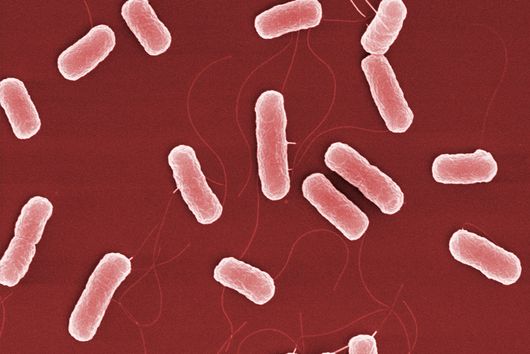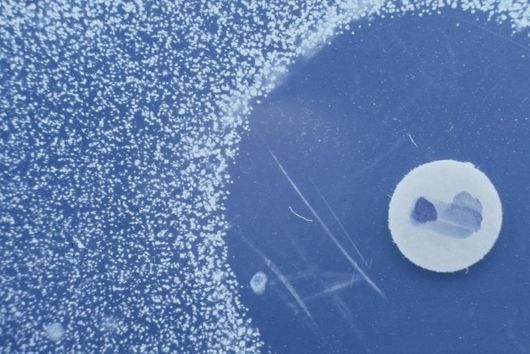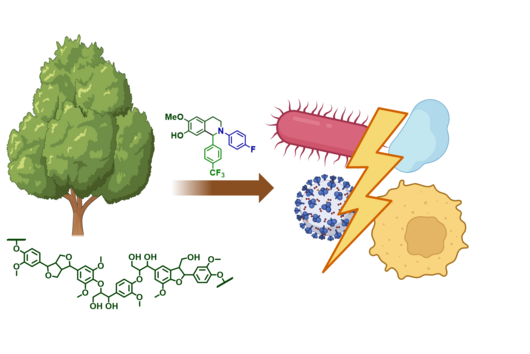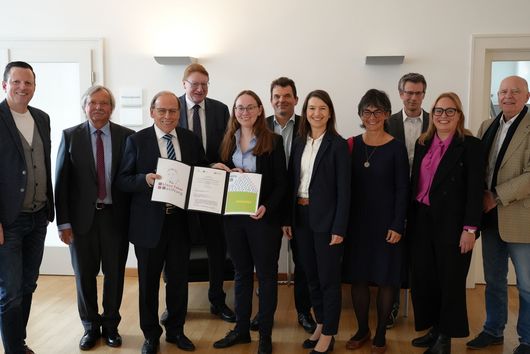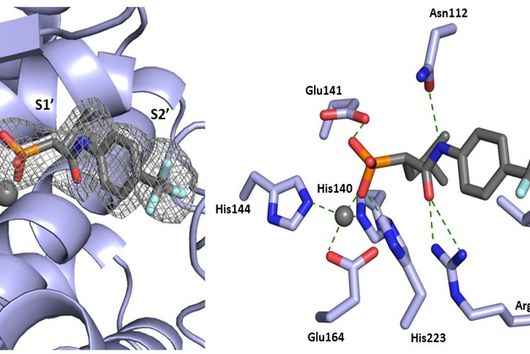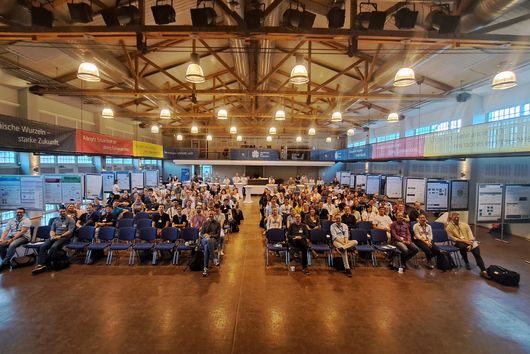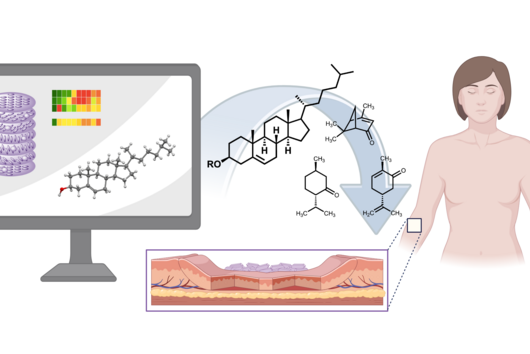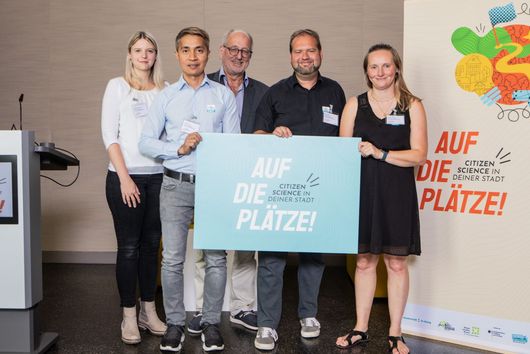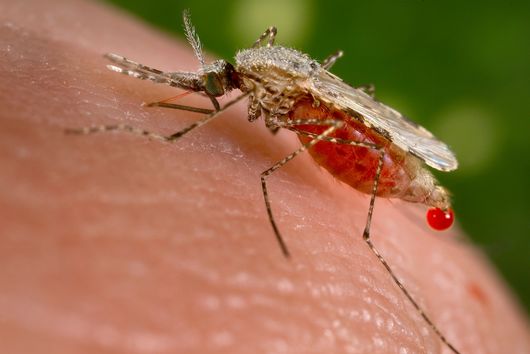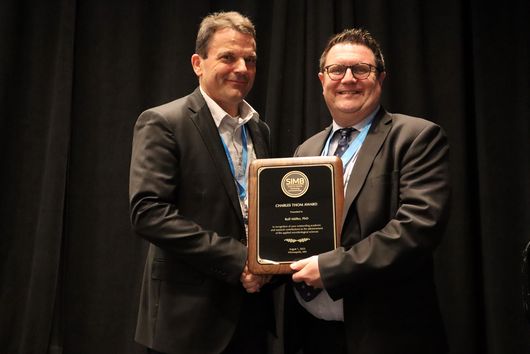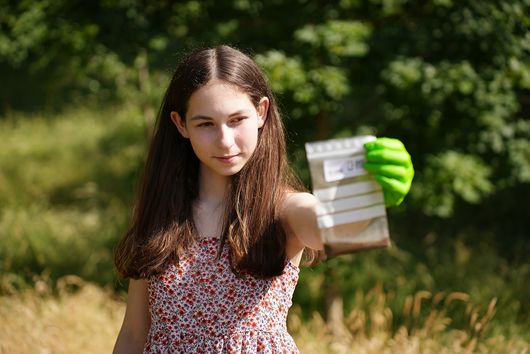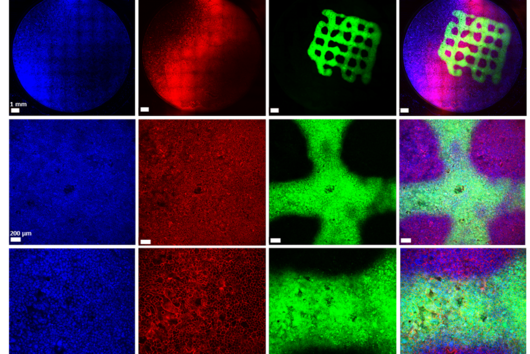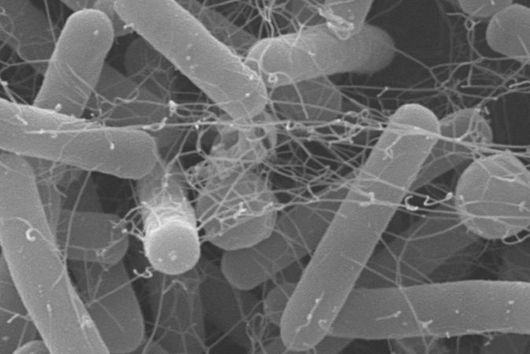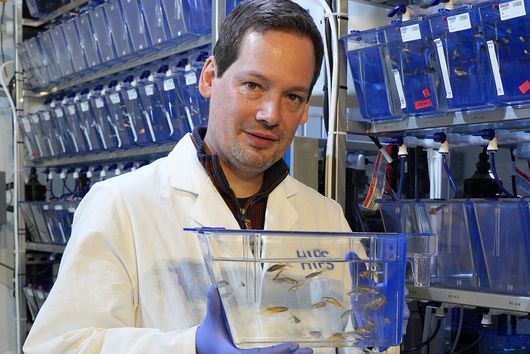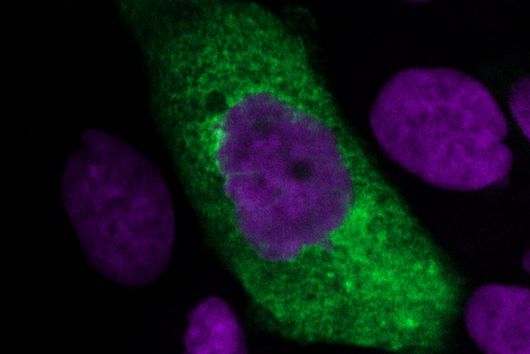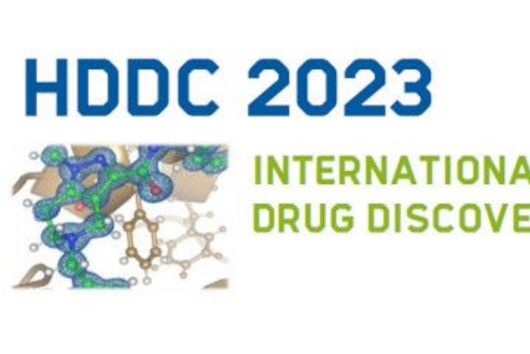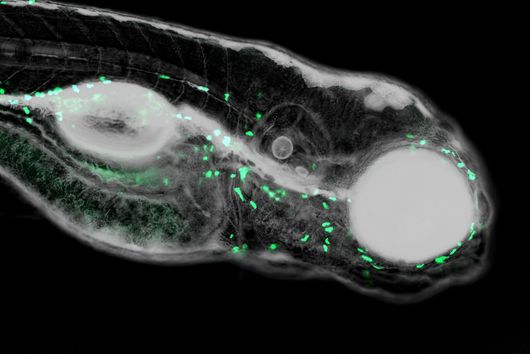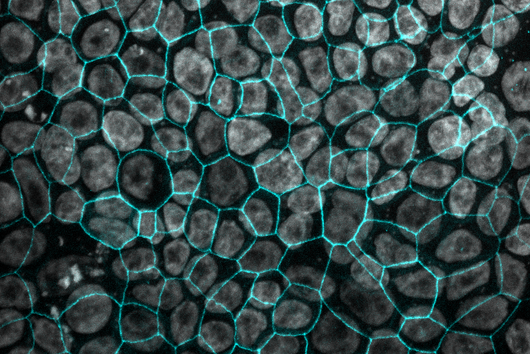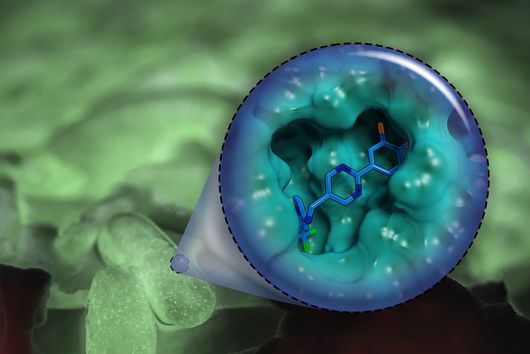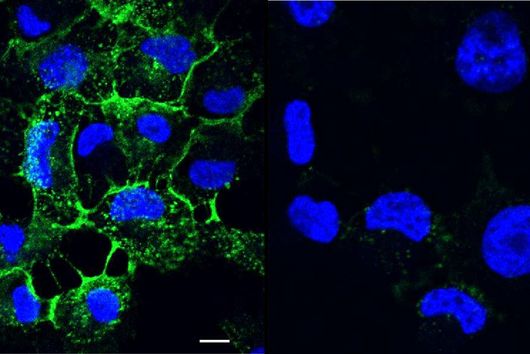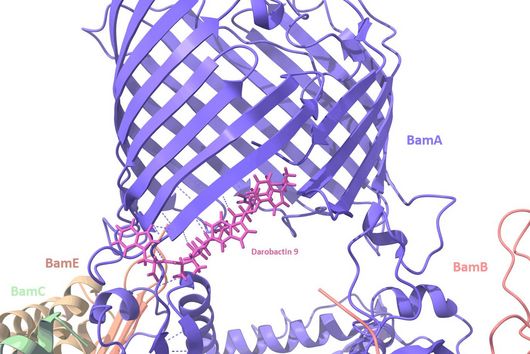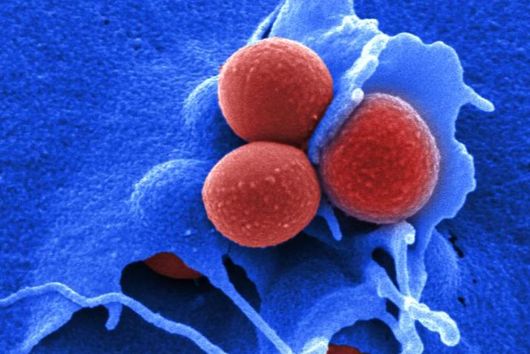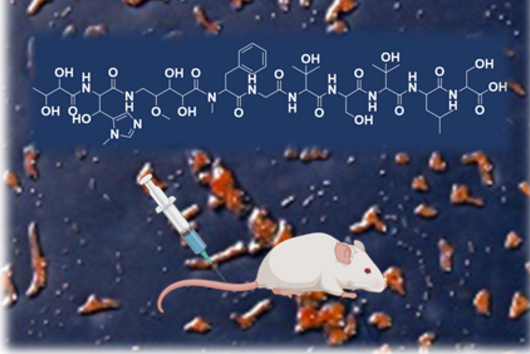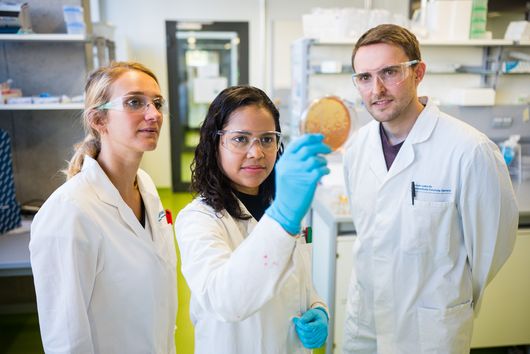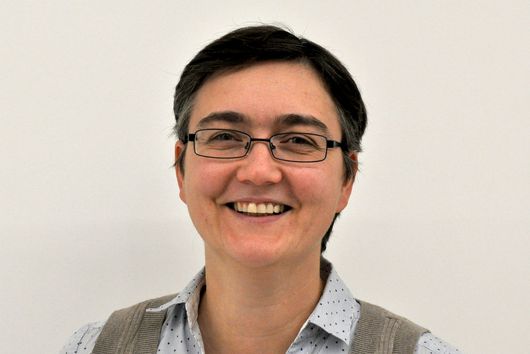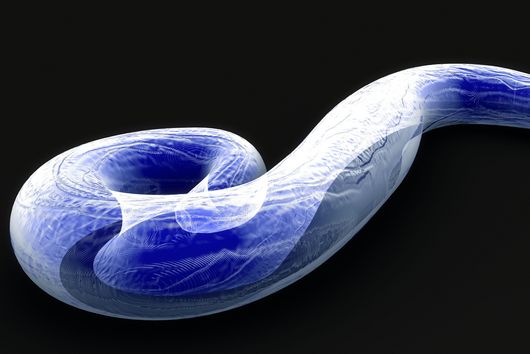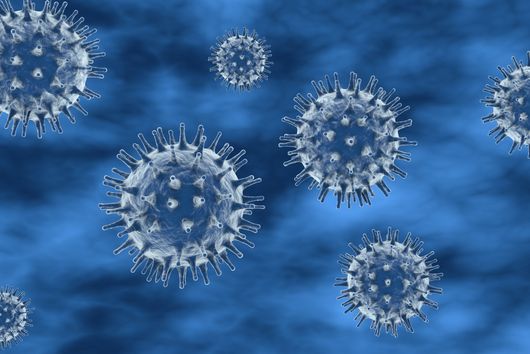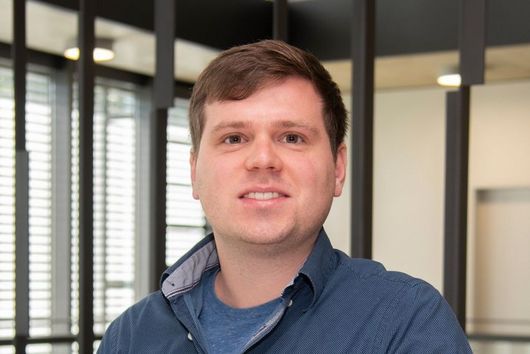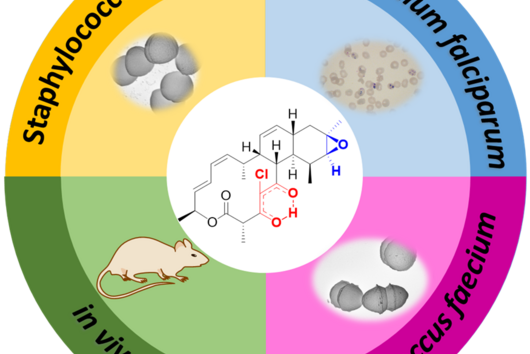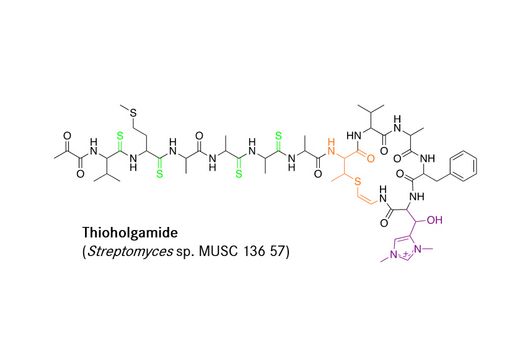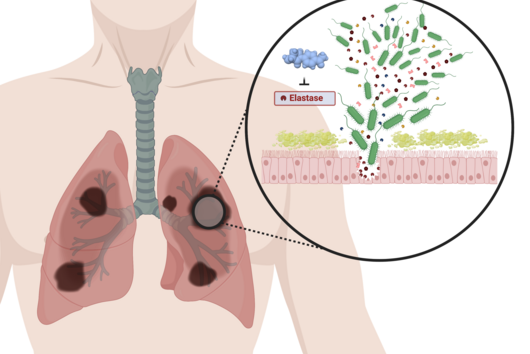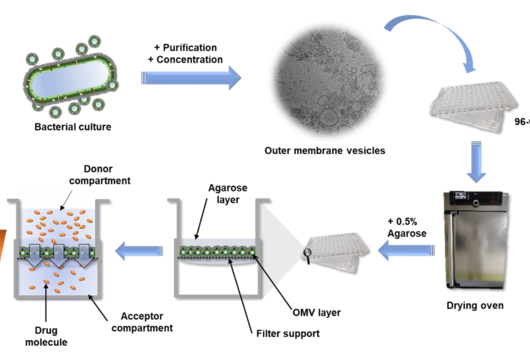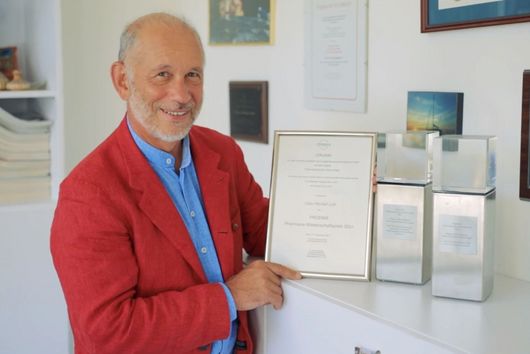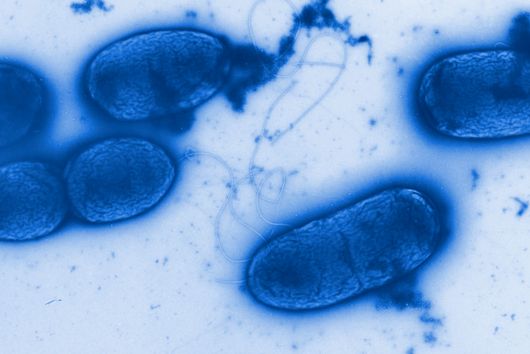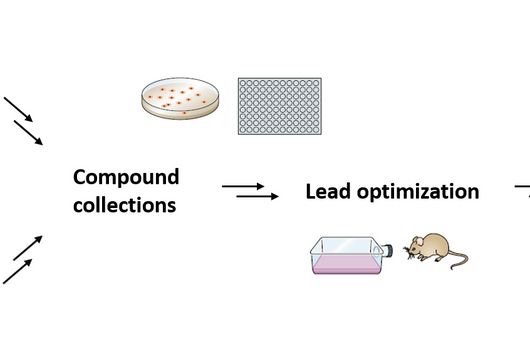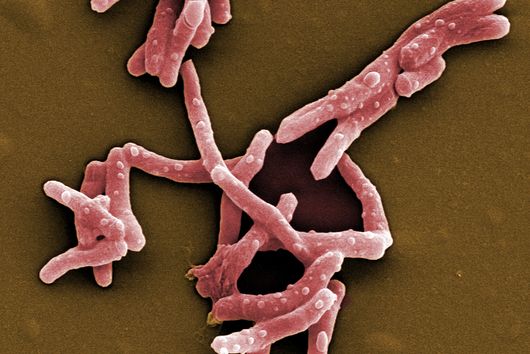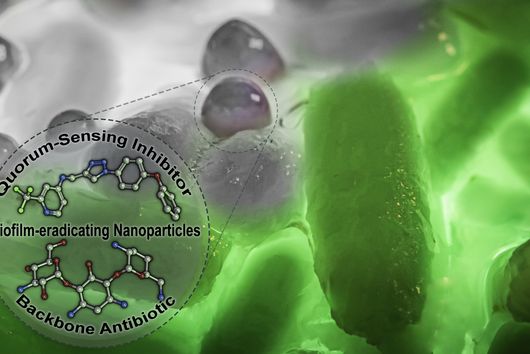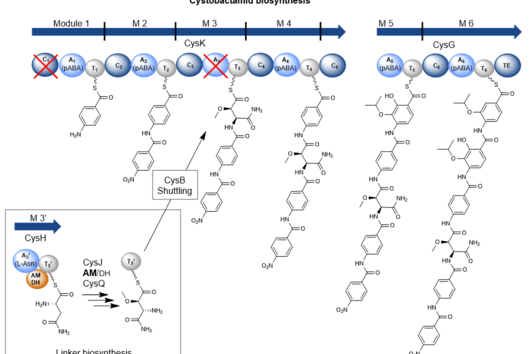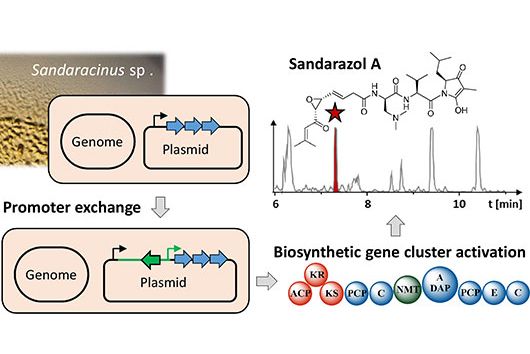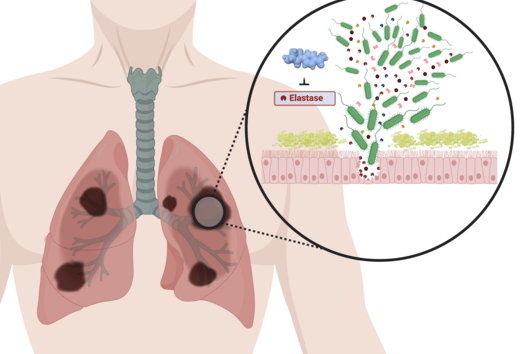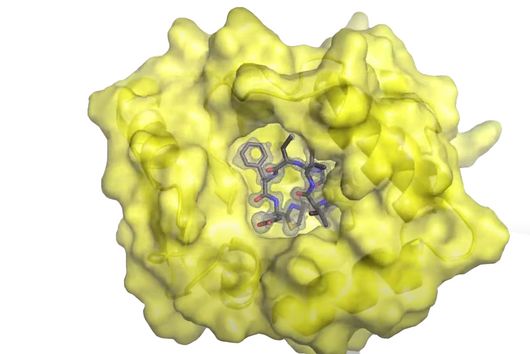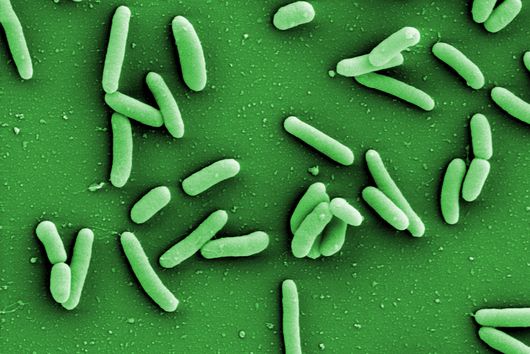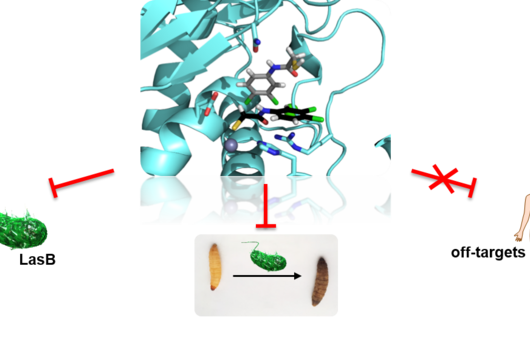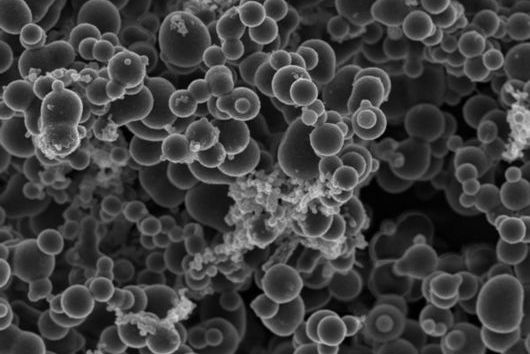Saarbrücken, April 02, 2024 - Due to the progressive spread of antimicrobial resistance, clinically important antibiotics are increasingly losing their effectiveness. New active substances are urgently needed to counteract this development. In order to circumvent existing resistance, new drugs must address previously unused target structures within the pathogens. HIPS scientist Prof. Anna Hirsch has been able to identify one such target and successfully acquired a “Proof of Concept” grant of the European Research Council (ERC) to support the development of novel active substances.
In order to exert their antimicrobial effect, antibiotics specifically intervene in processes that are crucial for the survival or reproduction of bacteria. These include the synthesis of the bacterial cell wall or the duplication of DNA during cell division. Although a large number of antibiotic products are available on the market, they only address a handful of molecular targets in the respective pathogens. The problem with this is that if a bacterium manages to circumvent a certain mechanism of action, a large number of products potentially lose their effectiveness. In order for new antibiotics to circumvent such resistance, they must address target structures in the pathogens that have not yet been used by any other drug.
One possible target structure for the development of new active substances is a transport protein named “ECF-T”, which transports vitamins and other cellular components into the bacteria. If the function of ECF-T is disrupted, for example by a drug, the bacteria can no longer gather the necessary vitamins and coenzymes and die. As the transport protein does not occur in human cells, these would not be affected by a potential drug targeting ECF-T. As part of her "NovAnI" project, which was funded by an ERC Starting Grant from February 2018 to January 2023, HIPS department head Anna Hirsch and her team have already discovered some first molecules that bind to ECF-T and reduce its activity. In the new ERC Proof of Concept project, which has now been funded with 150,000 euros, these candidates will be further developed. The aim of the project is to develop active substances that are effective not only in the laboratory but also in animal experiments. The Helmholtz Institute for Pharmaceutical Research Saarland (HIPS) is a site of the Helmholtz Centre for Infection Research (HZI) in collaboration with Saarland University.
Hirsch and her group use digital tools to design the active ingredients, then synthesize them using chemical methods and finally test them in the laboratory. In order for the design of the active substances to be successful, further data must first be collected. "An important part of the project will be to exactly characterize the interaction between our molecules and ECF-T," says Anna Hirsch, Head of the Department of Drug Design and Optimization at HIPS and Professor of Medicinal Chemistry at Saarland University. "We already have an idea of how this might work, but we don't yet know exactly how our candidates bind to ECF-T. The better we understand this interaction, the more precisely we can adapt the drug candidates to their target."
The funding acquired by Hirsch will run for 18 months. The project entitled "Inhibitors of ECF transporters as novel antibacterial agents" started on April 1, 2024 and marks already the third ERC project awarded to Anna Hirsch.

